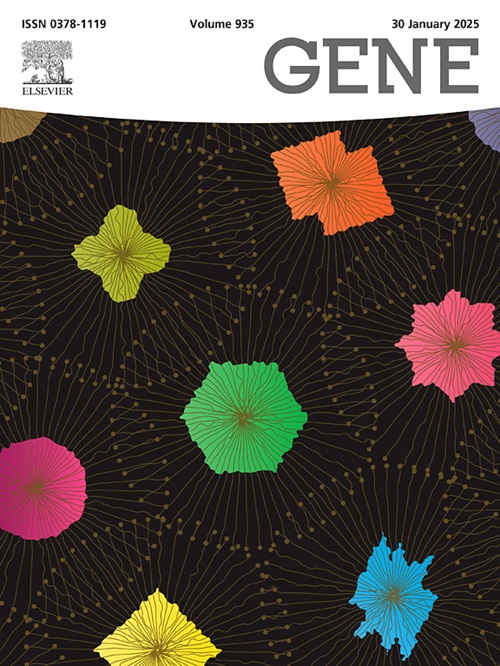Investigating the multifaceted role of nucleolin in cellular function and Cancer: Structure, Regulation, and therapeutic implications
IF 2.6
3区 生物学
Q2 GENETICS & HEREDITY
引用次数: 0
Abstract
Nucleolin (NCL), a highly conserved and multifunctional phosphoprotein, is primarily localized in the nucleolus and participates in various cellular compartments, including the nucleoplasm, cytoplasm, and plasma membrane. Initially discovered in the 1970 s, NCL is integral to ribosome biogenesis through its roles in ribosomal RNA transcription, processing, and assembly. Beyond ribosome synthesis, NCL plays critical roles in cellular processes such as DNA and RNA metabolism, chromatin remodeling, and cell cycle regulation, underscoring its essentiality for cell viability. Structurally, NCL comprises multiple functional domains, which facilitates interaction with various kinases and other proteins. NCL’s extensive post-translational modifications influence its localization and function. Importantly, NCL has emerged as a key player in multiple pathologies, particularly cancer, where it contributes to tumor growth, metastasis, and drug resistance. On the cell surface, NCL acts as a co-receptor for growth factors and other ligands, facilitating oncogenic signaling. Additionally, its regulation of non-coding RNAs, stabilization of oncogenic mRNAs, and involvement in immune evasion highlight its potential as a therapeutic target. This review provides an unexplored in-depth overview of NCL’s structure, functions, and modifications, with a focus on its role in cancer biology and its therapeutic implications.

研究核蛋白在细胞功能和癌症中的多方面作用:结构、调节和治疗意义
Nucleolin (NCL)是一种高度保守的多功能磷蛋白,主要存在于核仁中,并参与核质、细胞质和质膜等不同的细胞区室。NCL最初于20世纪70年代被发现,通过其在核糖体RNA转录、加工和组装中的作用,NCL是核糖体生物发生的组成部分。除了核糖体合成外,NCL在细胞过程中也发挥着关键作用,如DNA和RNA代谢、染色质重塑和细胞周期调节,强调了其对细胞活力的重要性。在结构上,NCL包含多个功能域,促进与各种激酶和其他蛋白质的相互作用。NCL广泛的翻译后修饰影响其定位和功能。重要的是,NCL已经成为多种病理,特别是癌症的关键角色,它有助于肿瘤生长、转移和耐药性。在细胞表面,NCL作为生长因子和其他配体的共受体,促进致癌信号传导。此外,它对非编码rna的调节,致癌mrna的稳定,以及参与免疫逃避,突出了它作为治疗靶点的潜力。本文对NCL的结构、功能和修饰进行了深入的综述,重点介绍了NCL在癌症生物学中的作用及其治疗意义。
本文章由计算机程序翻译,如有差异,请以英文原文为准。
求助全文
约1分钟内获得全文
求助全文
来源期刊

Gene
生物-遗传学
CiteScore
6.10
自引率
2.90%
发文量
718
审稿时长
42 days
期刊介绍:
Gene publishes papers that focus on the regulation, expression, function and evolution of genes in all biological contexts, including all prokaryotic and eukaryotic organisms, as well as viruses.
 求助内容:
求助内容: 应助结果提醒方式:
应助结果提醒方式:


